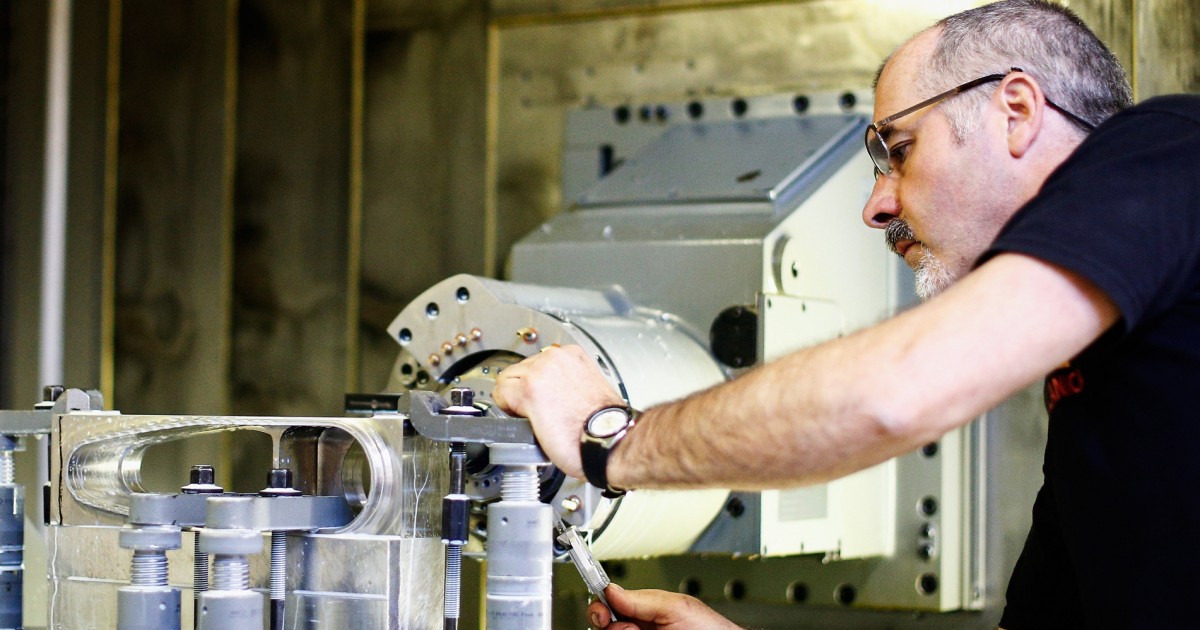
Metals
In the context of space and astronautical engineering, metals refer to a group of materials that are commonly used in the construction of spacecraft and their components. Metals possess a range of desirable properties for space applications, including high strength, durability, and resistance to extreme temperatures and radiation. Common metals used in space engineering include aluminum, titanium, and steel. These metals are used in the construction of spacecraft structures, propulsion systems, and heat shields, among other applications. The selection of metals for space applications is based on a range of factors, including the specific requirements of the mission, the weight and cost of the materials, and their ability to withstand the harsh conditions of space. Advances in metallurgy and materials science continue to drive innovation in space engineering, enabling the development of new materials with improved properties for space applications.
Your Previous Searches
Random Picks
- Spacecraft Power Systems: Spacecraft Power Systems refer to the subsystems of a spacecraft that generate, store, and distribute electrical power. These systems are critical for the operation of a spacecraft, as they provide power to all of the spacecraft's instrumen ... Read More >>
- Variables: In space and astronautical engineering, variables refer to the factors that affect the behavior of a system or a process. These factors can be physical, environmental, or operational in nature. Variables can be classified as independent or ... Read More >>
- Solid Waste Management: Solid waste management is the process of collecting, transporting, processing, and disposing of solid waste in a way that is environmentally friendly, safe, and cost-effective. In the context of space and astronautical engineering, solid wa ... Read More >>
Top News

Scientists release plans for an even bigger atom smasher to address the mysterie...
GENEVA — Top minds at the world’s largest atom smasher have released a blueprint for a much bigger successor that could vastly improve research into the remaining enigmas of physics....
News Source: NBC News on 2025-04-01

Scientists release plans for even bigger atom smasher along the French-Swiss bor...
Scientists at the world’s largest atom smasher have released a blueprint for a much bigger successor that could help solve enigmas of physics, starting in the mid-2040s at a cost of about $16 billio...
News Source: ABC News on 2025-04-01

The 'Blaze Star' hasn't exploded yet, but it could soon...
T Coronae Borealis has an outburst every 79 to 80 years, according to NASA....
News Source: ABC News on 2025-03-28
I visited the sprawling 'metroburb' where 'Severance' is filmed. It's a 2 millio...
Bell Works, the real office complex that doubles as Lumon on "Severance," is redefining what an office can be....
News Source: Business Insider on 2025-03-28

We've spotted auroras on Neptune for the first time...
After 34 years of searching, astronomers have finally confirmed Neptune has auroras, thanks to data from the James Webb Space Telescope...
News Source: New Scientist on 2025-03-27